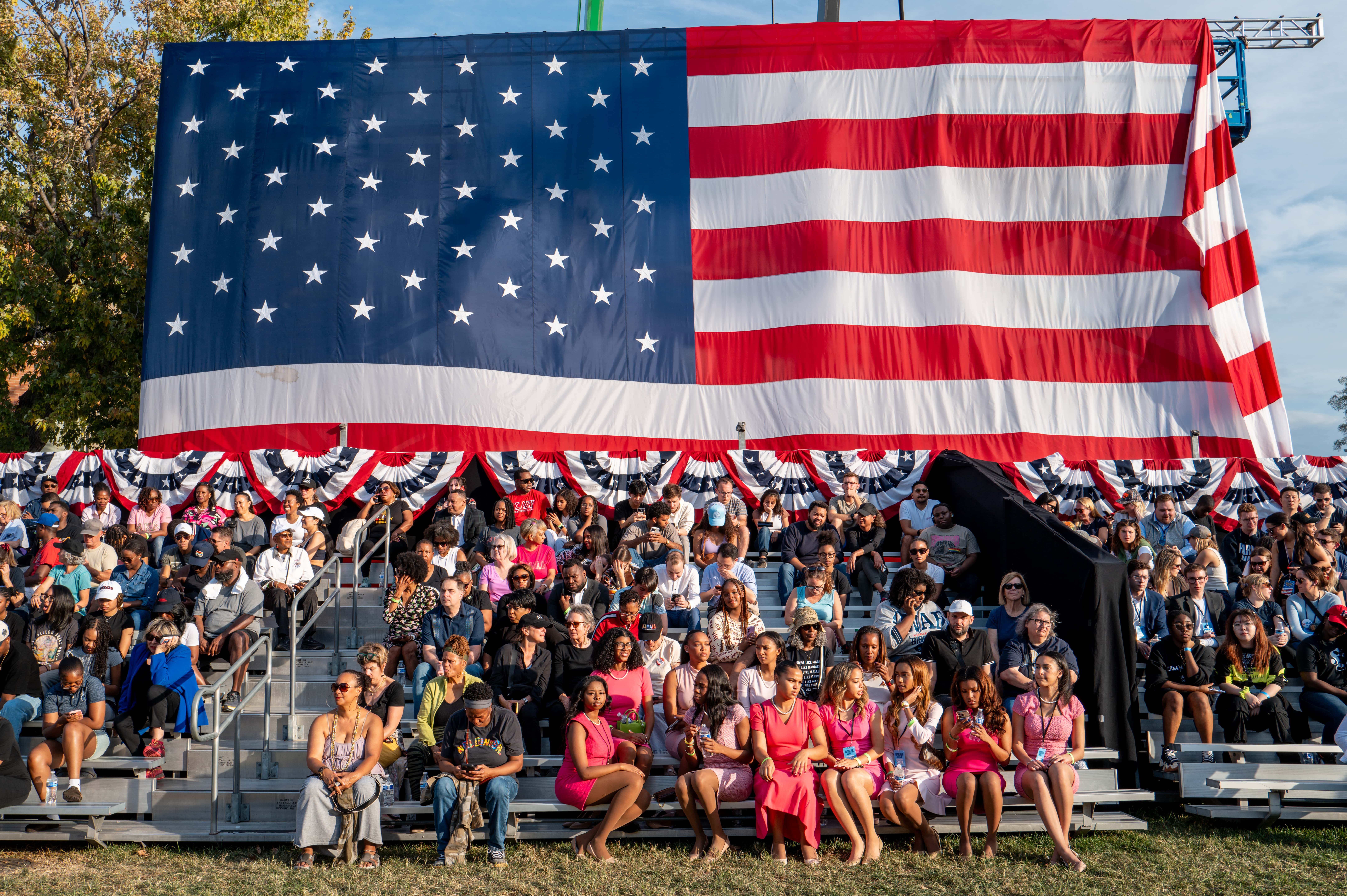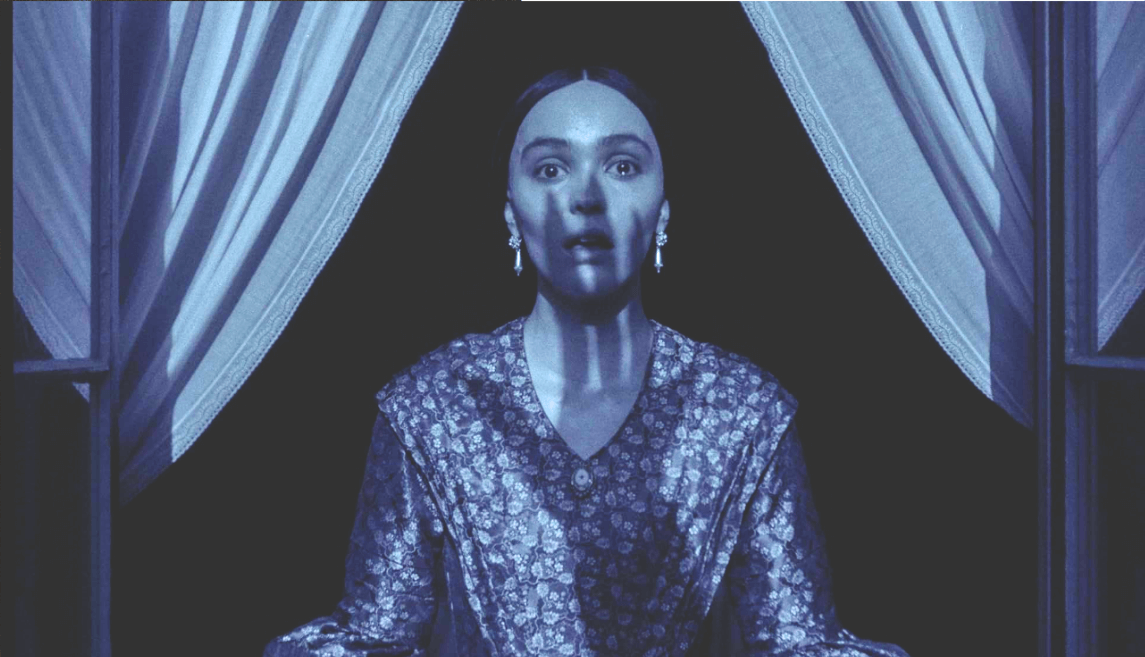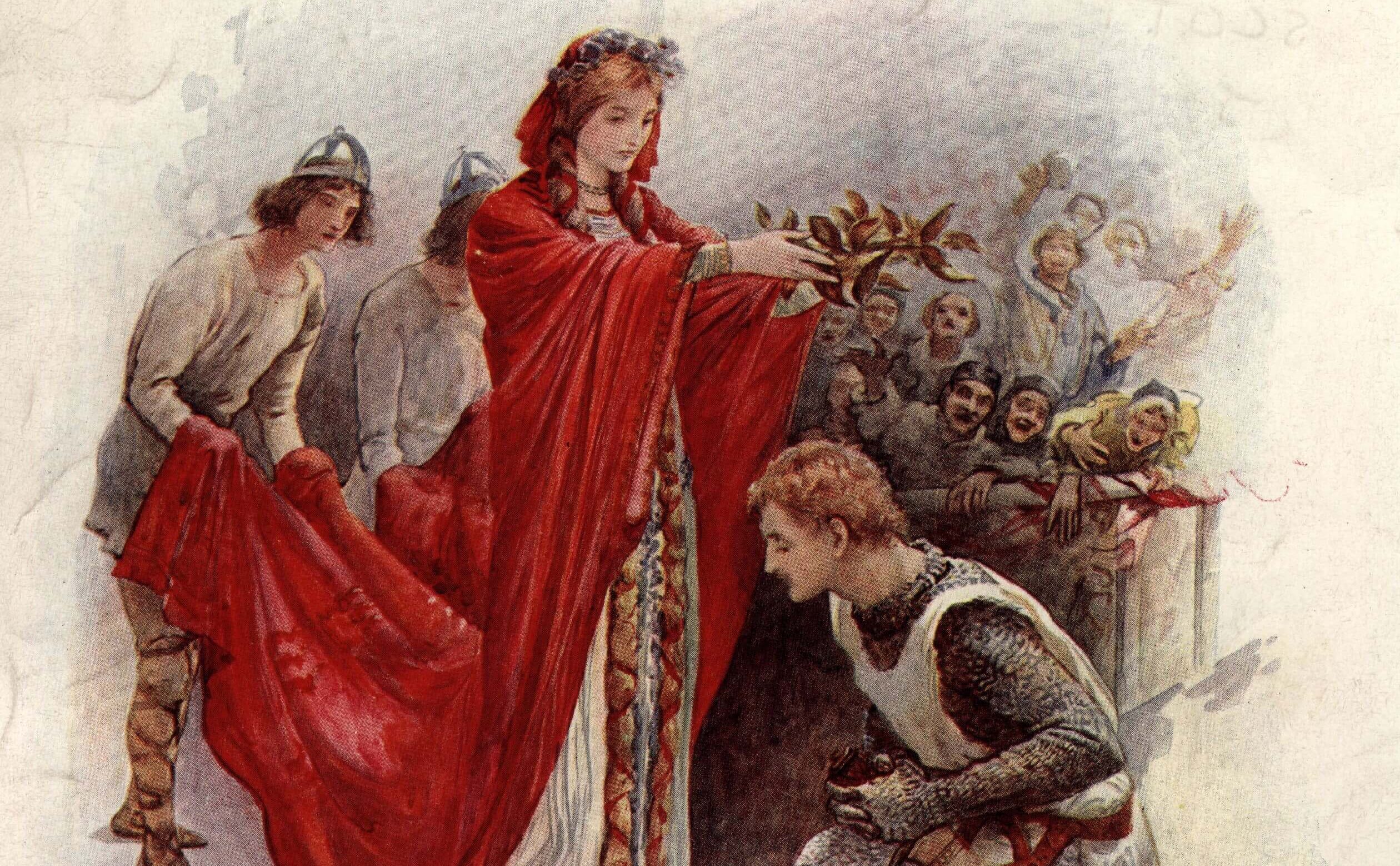The Life and Death of Poetry
By Kelly Cherry
(Baton Rouge: LSU Press, 2013)
Eldest Daughter
By Ava Leavell Haymon
(Baton Rouge: LSU Press, 2013)
Kelly Cherry is the author of more than thirty books in her decades-long writing career. Among these are novels, memoirs, criticism, chapbooks, poetry collections, and even translations (a subject she addresses in her current book). The Life and Death of Poetry is her most recent poetry compendium and in some ways can serve as her testament as a poet, since its chief concern is the use of language.
The book is divided into three sections: “Learning the Language,” “Welsh Table Talk,” and “What the Poet Wishes to Say,” all preceded by a quotation from C. S. Pierce: “. . . Thus my language is the sum total of myself; for the man is the thought.” This is a theme that clearly dominates the book—the idea of the inextricability of man and language, one creating the other, the second defining the first. The poems in “Learning the Language” are largely about the “education” of the poet, her initiation into the potency of language and its powerful possibilities for good and ill, creation and destruction. This is obvious in the poem simply titled “Language”:
Language
Conceals and discloses.
Lies and belies.
Discourses on roses
(“A rose is a rose is . . .”).
May be a disguise.May invoke a muse.
Or obfuscate.
You choose:
Purple prose?
Boiler plate?Language is a sorcerer
and may so entrance
the dedicated listener
she cannot tell the dancer from the dance
or syntax from the sense.And it may ennoble
the soul, electrify the mind,
beautify the Chernobyls
of our devastated hearts, and enable
us to know our human kind.
Such discoveries are not information privy to poets only, and “Learning the Language” makes that clear; even animals such as an African grey parrot in the section’s title poem has an epistemological epiphany, and a “blue jay in the snow / is a text / that cannot be read / out of the context / of the snow falling / around us.” “Frontward” deals with the educational experiences in language of the speaker’s brother and sister, one who learns the alphabet backward, the other who began speaking backward. The speaker, however, prefers a more orthodox employment: “I say the alphabet frontward / and I speak frontward. / I love the way a frontward language / spills into the future, the river into its mouth.”
Cherry invites, perhaps inevitably, Wordsworthian comparisons in her recognition of the creative inspiration of nature, in this case “Fields with Shrew”:
The Bright Field
Face sharp and narrow as a pencil,
the shrew is a graffito
in the bright fieldNature is a book,
it has been said,
and perhaps God is its author,
and perhaps notbut every living thing
inscribes itself on land, sea, or air
Even rock, even sun
make a statementHere, we say, here
And we say, There you are
And there you are.
Language is the special province of poets and storytellers, and Cherry does not ignore either in her tracing of the evolution of language as a means of expression. In “Fiction” she manages a neat summation of the symbiosis between reader and novel or reader and short story that seems almost too simple but isn’t. She begins: “It has a plot / Or, fashionably, not” and ends with “At last the theme / reveals itself, taking / it all off under the hot lights, / the cool gaze, / the critical view,” and in between concisely reports on the other elements that compose a work of fiction—setting, characterization, dialogue, and symbolism.
“Ars Poetica” is a lovely villanelle, which reminds us:
No dog, the muse cannot be leashed or trained.
The poem depends upon a willing muse.
Nothing is guaranteed orforeordained.The poem is providential—a blessing gained
in bars and bordellos as often as in pews.
The poet knows the poem is not ordained.Words upon a page are barely restrained
by form, twist like dust devils to get loose.
Nothing is guaranteed or foreordained.Like the four winds, words will no be chained
down in stanzas merely to amuse.
The poet knows the poem is not ordained.Even your life is not your own, feigned
as it is to please the gods—a futile ruse.Nothing is guaranteed or foreordained.
From time to time, the mercurial muse has deigned
to breathe a poem for a poet’s temporary use.Not faithful dog, the muse—nor leashed nor trained.
Nothing’s guaranteed. Nothing’s foreordained.
This section of the book closes with “A Voice Survives,” a poem dedicated to the late George Garrett:
Sometimes a voice survives
to be heard among the devastation,
the windy ruins of Babel,
the loud trash of our lives.This voice returns us to sense,
delights and engages,
marries us to language.
Excavates the beauty of circumstance.
One strongly suspects these words are aimed directly at Garrett, a mentor to many poets and novelists for nearly fifty years.
The book’s next section, “Welsh Table Talk,” assumes a narrative thread of sorts. The speaker has traveled to Bardsey Island with her husband or lover and his daughters. As any good novelist would, Cherry sets the scene of the drama before the drama itself unfolds. There is, for instance, “Rain, Early Morning, Bardsey Island”:
The Irish sea, secreted in mist,
Rain falling on the stone
Cottage.No sun.
Only a silver-plated sky,
The gulls crying.Fat sheep, invisible in fog, lying
Down, the rams with gold, sprung
Horns like flames.As if burning,
Sacrificed to
A human yearning.And monks who lived here
Among sea-slick rocks, on fire
With cold ideas of damnationAnd penitence,
Return, almost real,
Almost incarnate,Almost articulated
In flesh and word.
Such a craggy, rock-strewn, bird-crowded, and perpetually windy landscape makes the perfect correlative for the conflict drawn subtly, elliptically in the poems. The man and woman are not communicating in the way she wishes they would. There is a gap between them, its origin unknown, symbolized by the beautiful bleakness of the island with its many opportunities for solitary meandering. Meanwhile the speaker watches the man’s daughters gambol innocently and wishes not only for a stepdaughter but a daughter of her own, a “dream daughter” that she envisions performing the most perfunctory of duties with quiet simplicity, such as braiding her hair and preparing tea.
In “Welsh Table Talk” less emphasis is placed on the evolution of language than on its absence, which has created the schism between man and woman. Instead Cherry concentrates on physical details of people and place that underscore the speaker’s loneliness and yearning for a tighter, more organic family life.
The Life and Death of Poetry ends by reverting to a more explicit concern with language and poetic craft in the section entitled “What the Poet Wishes to Say.” It comprises three longish poems, the title poem of this section, the title poem of the book, and “On Translation.”
The latter section begins with a word to the speaker’s creative writing students. Several wise words:
Be warned, I’ll tell my students.
a writer with nothing to write
is in danger of falling into
one or more or four
pitfalls: drink, drugs,
adultery, and translation.Drink will sink you. Drugs
don’t even deserve discussion.
Adultery is too expensive
for the young, and when you are old
it is too exhausting.
This leaves translation.
The poem continues as a primer for would-be translators, and Cherry manages the deft effect of having the poem sound like a piece of straightforward how-to advice one might pick up randomly while maintaining meter and a definite rhyme scheme. She advises them to pick a text they love but steer clear of something like Catullus’s “Odi et amo” (“merely two lines / but impossible to unpack / in English”) and reminds them of Frost’s observation that “poetry is / what gets lost in translation. . . .” But such a loss provides creative freedom for the translator, who, transcribing a work from one language into another, in a sense creates a new work and becomes a poet in his or her own right. On the other hand, Cherry warns students:
Translation adds to who
you are but takes away
your self. The question is,
will you give your life
for someone else’s work?
It is best, she suggests, to stick to one’s own original work rather than lose one’s self in the “pitfall” of translation.
“What the Poet Wishes to Say” has the same kind of didactic quality as the proceeding poem, warning that poetic craft requires “years, contemplation, prayer” and that the object of poetry is not the immortalization of the poet but to capture in near-musical terms a moment in the world at a particular time, a distillation of experience. In “The Life and Death of Poetry,” Cherry reiterates this theme and expands it:
. . . The poem must die
To the poet, it must be dead
To the poet’s ego, go out
Of the poet’s self, cleavingTo time’s cross, stretched and nailed,
Forgotten, to be reborn
In the human heart,
The poem as mustard seed,
The poem as a work of art
That will gloriously live.
* * *
The book’s initial section reads ironically, almost satirically, with poems bearing such titles as “The Holy Ghost Develops Binge/Purge Syndrome,” “The Holy Ghost Attends Vacation Bible School,” “Four Year Old Invents New Curse Word,” and “The Holy Ghost Designs the Perfect Human.” Such a tone is perhaps best for confronting issues of spiritual doubt and burgeoning sexuality, the subject of the book’s very first poem, “In Gratitude for a Southern Baptist Upbringing,” in which the speaker engages the age-old battle between spiritual discipline and the wants of the flesh. The speaker, having been brought up with sermons about sin preached to her by “My father, his father, all the family men” in “heavy cannon voices,” struggles with oncoming puberty and at some point compares herself to Eve, the mother of mankind and the bringer of sin into paradise (their names are even alike), but is pleased she has so far resisted temptation:
I’ve heard so much about sin in church. I knew enough
to go at it whole heart, when the time came for sex.
I’m glad to be woman, brought up right:
to sing desire in my own voice.
The theme is developed more aggressively in part 2, “Why the Groundhog Fears Her Shadow.” The speaker, having achieved sexual maturity, is able to reflect on the causes of her own sexual abuse. As is often the case with victims of such abuse, there is much self-blame, and the speaker is not immune to this. In poems such as “The Center Cannot” and “The Child Born,” she seeks to trace some evolutionary pattern that might have led to her abuse. Was it her being the eldest daughter? Was it the color of her hair? Her eyes? She suggests her mother shares the blame in “The Dream Runs On” owing to her indifference and belief that she must “train the girls to act like boys,” / “to cover up, learn a shadow’s oblique slide” / into dark corners . . .”
“Why the Groundhog Fears Her Shadow” and “How Two Became One Again” are more stark shouts of rage, conveyed with Plath-like intensity, while the “quieter” “Woman in the Middle” shows the speaker attempting “Forgiveness of the father,” which “come[s] deep, announces in the bowels.” Part 3, “The Castle of Either/Or: a fairy tale,” is a pastiche of a children’s story in which the speaker comes to a slow awareness of good and evil through the examples of a good father and a wicked one, but that does not necessarily end happily with the appearance of a handsome prince who will drive away all conflict.
“A Daughter’s Fealty,” a section of more extended poems, closes the collection and does so with a measure of serenity if not outright healing for the speaker. Her father, the good one, the seminary student, the man of God, figures prominently in each of these poems: “Continental Divide,” “Steam Calliope,” “Bass Fishing with a Hulapopper,” and “My Father Will Have Two Dozen on the Halfshell,” and most conspicuously in “Roundball,” where the speaker remembers that he “died watching the LSU-Georgia basketball game. Watched it / on his homemade TV in Leyland, my mother / fixing supper in the next room.” “Without sons,” she goes on, “he taught his daughters / the box-and-one, when to go man to man, / how to hold for the last shot and not flinch / when you got it. . . .”
The sport of basketball, so important to the man since his youth, seems to define the entirety of his life, including, among other things, his views on race. In some sense his sports skills make him heroic, but the speaker is not satisfied:
I always wanted him different than he was,
and I thought he died wrong too.
Why not waft into the cosmos on the high-C
of a tenor aria, or take wing from a cypress tree
with a single blue heron, into a shrimp-colored dawn
above the marsh? Or even if he’d sort of mixed himself
up with Jesus and died right before Easter.
Haymon’s book is a tough one to come to grips with at times, steeped as it is in personal mythology and born out of grief and joy and confusion struggling with one another for ascendancy. The speaker struggles with God but does not give up on Him, does not sever ties with Him. She is determined to maintain faith even in the face of sorrow. And perhaps those moments of obfuscation come from the poet’s unwillingness to resort to exploitation to relate the story of her childhood trauma, a laudable artistic choice, given that poetry is the art of concision and suggestion and that explicit details are best left to inferior poets more interested in airing their very dirty laundry than in using language to reconstruct experience and to reflect upon it. Haymon is a writer possessed of a powerful intellect and a distinct poetic voice. Eldest Daughter may not give us pleasure, but it does make us appreciate even more the power of language used skillfully to convey the most difficult of experiences. ♦
Randall Ivey teaches English at the University of South Carolina Union, where he also directs the annual Upcountry Literary Festival. He is the author of two story collections and a book for children.














